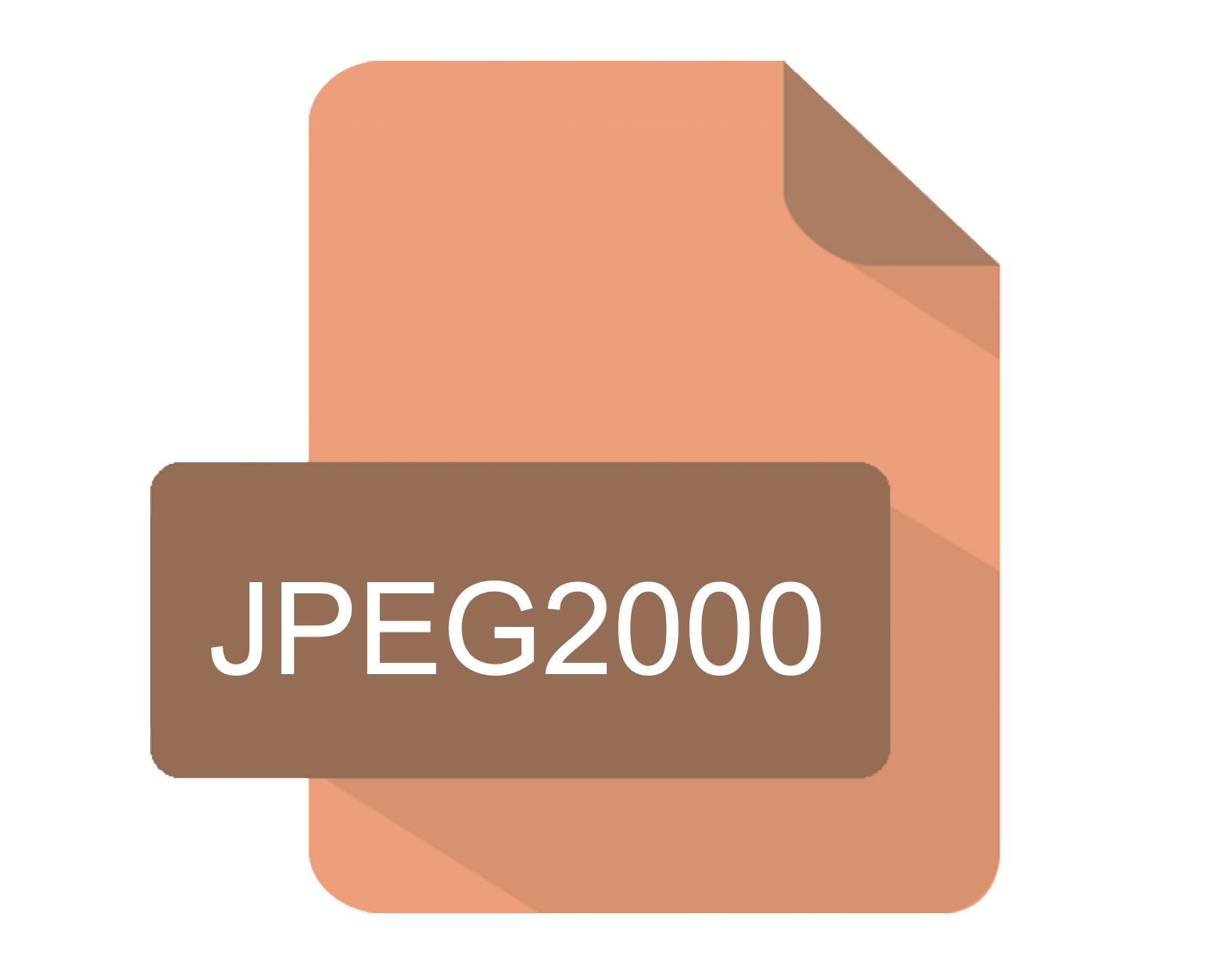In this article, I will talk you through how to read JPEG 2000 images into a BufferedImage in Java. We also have a related article covering how to write JPEG 2000 files in Java.
ImageIO provides support for JPEG 2000 using JJ2000 (originally written around 2000). It produces poor results with a lot of our sample images (black spots on white images) and is not complete. It only supports the jpx subtype. So we felt it was time to add a modern implementation to JDeli with full support for the format.
How to read a JPEG 2000 image in Java with ImageIO
- Create a File, InputStream, or URL pointing to the raw JPEG 2000 image.
- ImageIO will now be able to read a JPEG 2000 file into a BufferedImage.
and the Java code to read JPEG 2000 with ImageIO…
File file = new File("/path/to/image.jpx");
BufferedImage image = ImageIO.read(file);
How to read a JPEG 2000 image in Java with JDeli
- Add JDeli to your class or module path. (download the trial jar).
- Create a File, InputStream pointing to the raw JPEG 2000 image. You can also use a byte[] containing the image data.
- Read the JPEG 2000 image into a BufferedImage
and the Java code to read JPEG 2000 with JDeli…
File file = new File("/path/to/image.jpx");
BufferedImage image = JDeli.read(file);
Are you a Java Developer working with Image files?
// Read an image
BufferedImage bufferedImage = JDeli.read(dicomImageFile);// Read an image
BufferedImage bufferedImage = JDeli.read(heicImageFile);
// Write an image
JDeli.write(bufferedImage, "heic", outputStreamOrFile);// Read an image
BufferedImage bufferedImage = JDeli.read(jpegImageFile);
// Write an image
JDeli.write(bufferedImage, "jpeg", outputStreamOrFile);
// Read an image
BufferedImage bufferedImage = JDeli.read(jpeg2000ImageFile);
// Write an image
JDeli.write(bufferedImage, "jpx", outputStreamOrFile);
// Write an image
JDeli.write(bufferedImage, "pdf", outputStreamOrFile);
// Read an image
BufferedImage bufferedImage = JDeli.read(pngImageFile);
// Write an image
JDeli.write(bufferedImage, "png", outputStreamOrFile);
// Read an image
BufferedImage bufferedImage = JDeli.read(tiffImageFile);
// Write an image
JDeli.write(bufferedImage, "tiff", outputStreamOrFile);
// Read an image
BufferedImage bufferedImage = JDeli.read(webpImageFile);
// Write an image
JDeli.write(bufferedImage, "webp", outputStreamOrFile);
What is JDeli?
JDeli is a commercial Java Image library that is used to read, write, convert, manipulate and process many different image formats.
Why use JDeli?
To handle many well known formats such as JPEG, PNG, TIFF as well as newer formats like AVIF, HEIC and JPEG XL in java with no calls to any external system or third party library.
What licenses are available?
We have 3 licenses available:
Server for on premises and cloud servers, Distribution for use in a named end user applications, and Custom for more demanding requirements.
How does JDeli compare?
We work hard to make sure JDeli performance is better than or similar to other java image libraries. Check out our benchmarks to see just how well JDeli performs.
